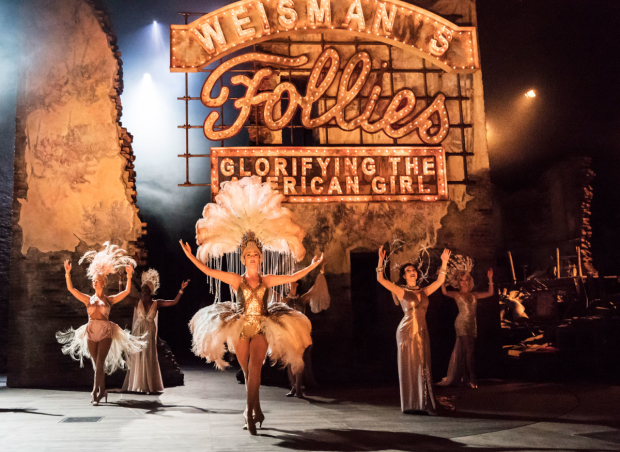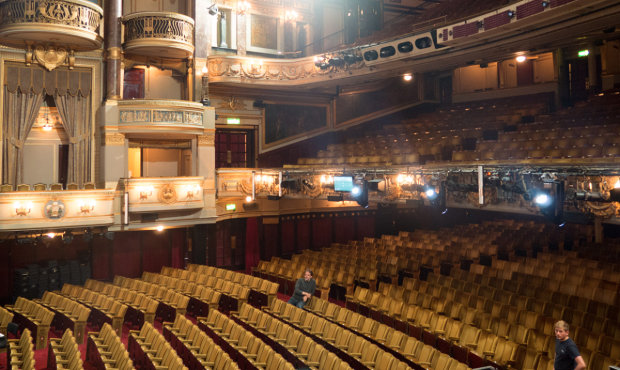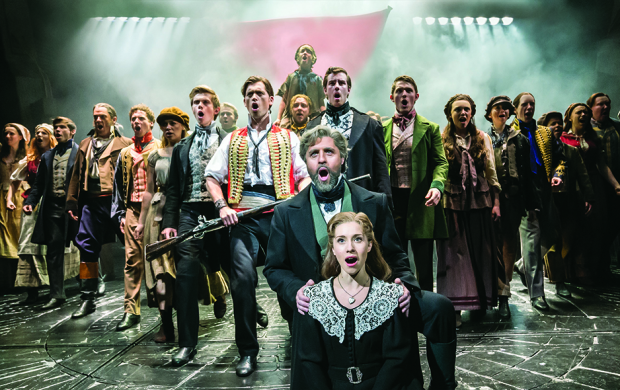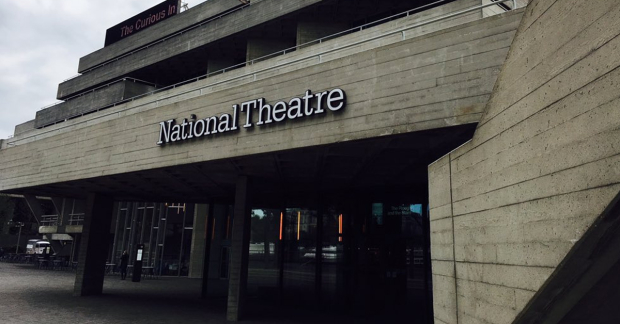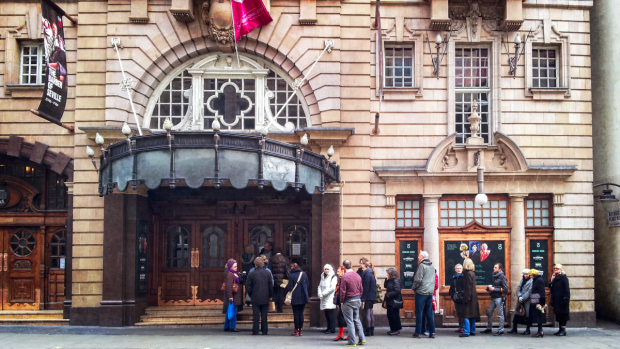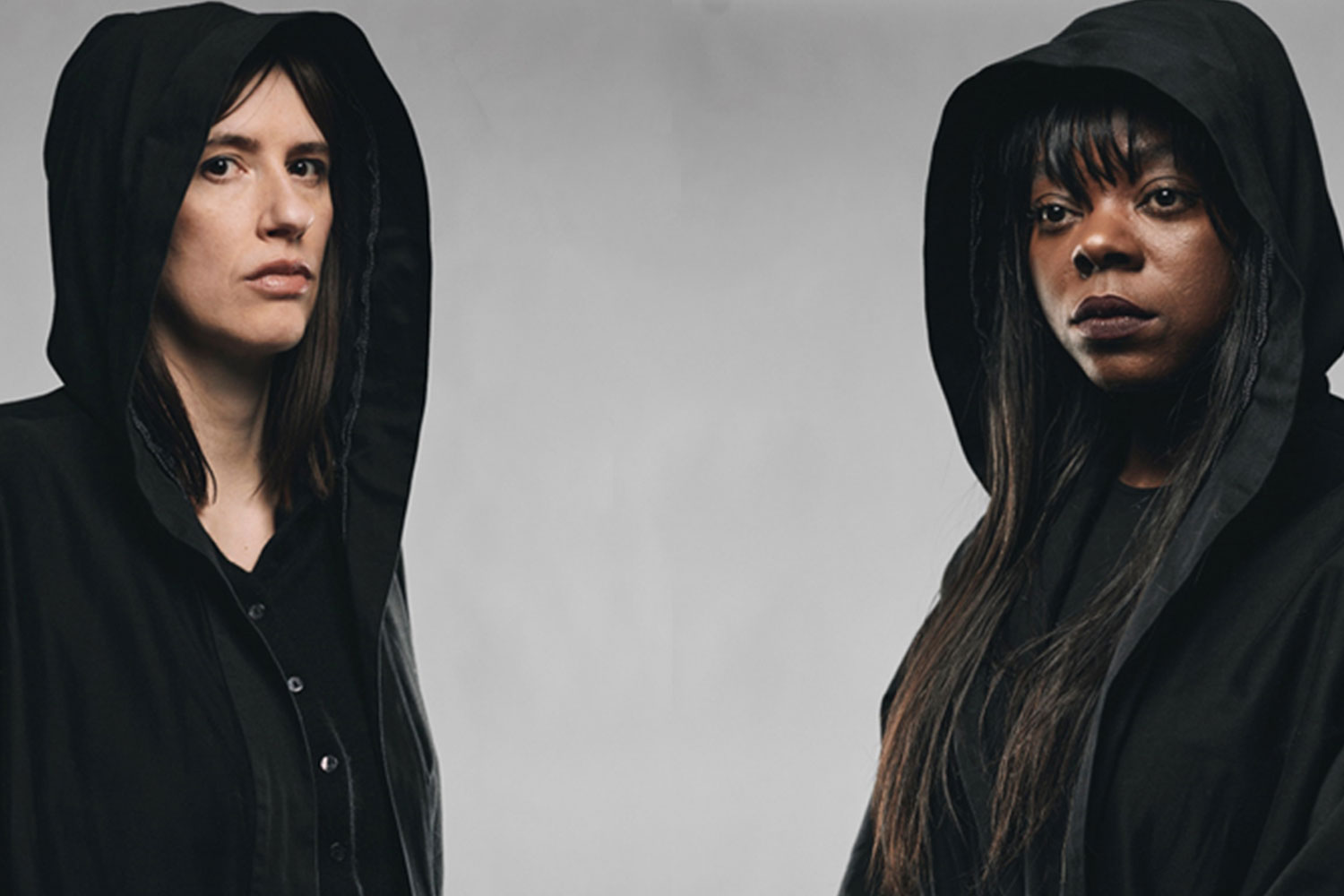Do theatres need a distinct identity?
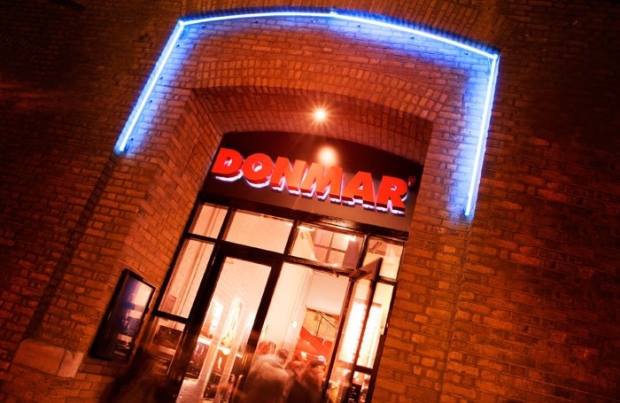
© Johan Persson
When Josie Rourke announced her she would leave the Donmar Warehouse after eight years, I found myself thinking about artistic identity. What makes a theatre a theatre? What shapes its identity?
The Donmar Warehouse is a hard one to pin down, but it seems to me that its identity shifted – maybe even splintered – under Rourke. Her tenure took it in new directions with all-female Shakespeares and buccaneering experiments. In striking out, however, its possible the Donmar strayed too far from its roots. It’s a balancing act, artistic direction. We expect new arrivals to change things, but we also want continuity.
If the Royal Court did writers and the Young Vic directors, the Donmar did actors
Artistic identity, like any identity, isn’t a concrete thing. It’s amorphous and indistinct; fluid, not fixed. It exists beyond any single thing – neither bricks and mortar, nor personnel, not programming or written mission statement. It’s somewhere in a theatre’s overall approach, in its attitude and in its actions. Identity is a complex amalgamation of a number of things – history, aesthetics, even audience. It’s more easily intuited than definitely expressed. It can be changed and betrayed, diminished and lost.
In many ways, Rourke’s programming has followed that of her predecessors, Sam Mendes and Michael Grandage. It was, as ever, a big pick ‘n’ mix – a backbone of classics festooned with musicals, modern revivals and a new play or two. She did, however, shift the emphasis somewhat. More new work, fewer revivals. Classics were updated or twisted, not simply served straight. There were more off-the-wall oddities like Privacy and The Vote by James Graham or the collaborative Kids Charity musical Committee. The shows that best define her eight years at the helm – the big successes – look very different from those that came before.
The Donmar, in the past, always dripped class. Everything was tied together by quality. It stood for surefootedness and certainty: every show an event; each production a hit. Size played a part in that – the Donmar has 250 seats – but so did star casting. Show after show let us see great actors up close: Chiwetel Ejiofor, Gwyneth Paltrow, Michael Sheen. If the Royal Court did writers and the Young Vic directors, the Donmar did actors. Hi-def performance.
It still does. You can’t shrug off Harriet Walter’s Brutus or Stephen Dillane’s faith healer Frank Hardy. Rourke let Mark Gatiss go full fop in The Recruiting Officer and Tom Hiddleston play general in Coriolanus. Yet her Donmar seemed as defined by its playwrights – Graham and Nick Payne – as by its performers. An exclusive boutique became a risk-taking studio. It developed a conscious and a political voice.
All of which is fantastic, as my colleague Sarah Crompton blogged last week – but in expanding its remit, I can’t help but think that the Donmar lost some of its identity. It’s a real paradox.
Variety and diversity may become a form of homogeneity
There have been times, over the last decade, where London’s major theatres have felt rather interchangeable. Plenty of shows could have been scooped up from one programme and set down in another without seeming at all out of place. Young Vic shows would have felt at home at the National. The Almeida‘s new plays could have played the Royal Court. It would be unfair to specify individual productions, but it’s enough to notice two wider trends.
First, as the emphasis on new work has increased, more and more theatres end up presenting mixed bills. Time was you could – broadly speaking – split new writing venues from theatres that traded in revivals. That’s no longer the case. Almost every major theatre has a strong seam of new plays – even the Old Vic and the Globe.
Alongside that – perhaps as a result of it – directors make more of an impact today. Not only are they more interventionist when staging plays – new writing and classics alike – they’re also more likely to move from theatre to theatre. Associate positions aren’t as firm as they were. Freelancing has become the norm. Even the old RSC-NT divide no longer applies. More crossover means buildings soften their distinct artistic identities.
Different theatres should have different objectives
Commercial pressures feed into that since every theatre needs its fair share of hits, but diversity probably plays its part too. With every venue aiming at representative programming, it’s inevitable that you start to see more mixed bills at each. If artistic identity defers to identity politics – and there’s a good argument to say that it should – variety and diversity may become a form of homogeneity. Every theatre equally diverse; identical in its variety.
Does any of this matter? Arguably not. It’s only us critics (and a few ardent theatregoers) that hop from venue to venue with anything like a completist approach. Perhaps we’re the only ones that want our variety venue-by-venue, not show-by-show. Most people can pick and choose individual productions as they so wish – this Donmar production, that Almeida show. Besides, research has shown that London audiences overlap less than we think. Most are loyal to their local, meaning that a mixed bill is more likely to provide a balanced theatrical diet.
And yet, I’m equally wary of consensus – variety as a rule of thumb – especially at a moment when we’re asking questions about who gets excluded and what goes untold. Different theatres should have different objectives. They should specialise and stand for something – just as individual artists do. Art should, at some level, be oppositional. Otherwise, it ends up conforming – and as anyone will tell you, conformity doesn’t make for great art. That’s why artistic identities are important. Theatres need to strike out on their own.



